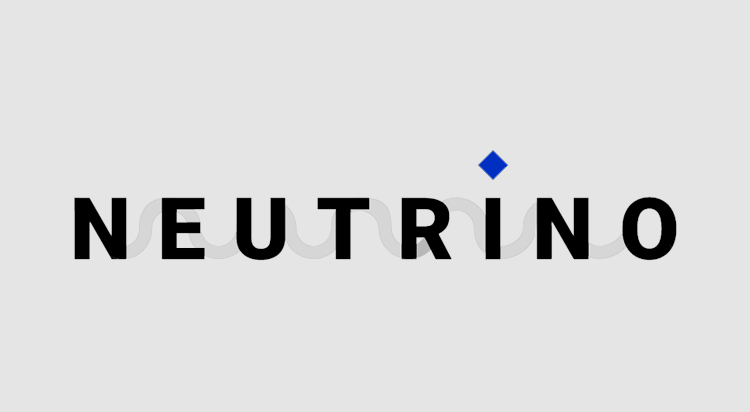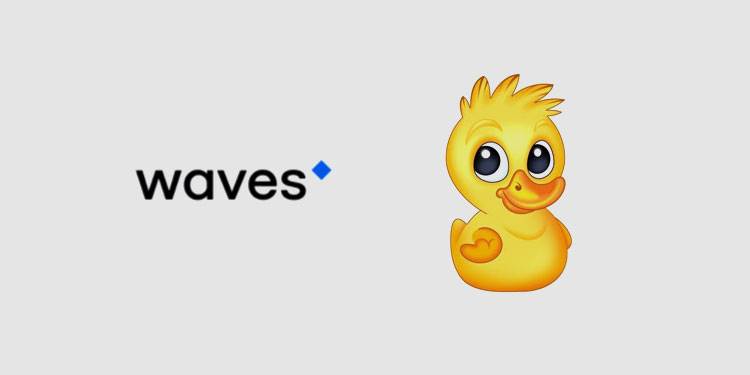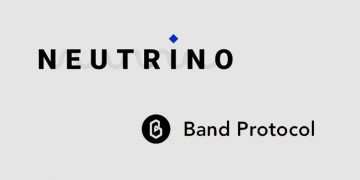A beta version of the USD-N stablecoin and the first decentralized application based on the Neutrino protocol was recently launched by Ventuary Labs. With Neutrino, any user can create synthetic assets, particularly algorithmic stablecoins pegged to assets from the real world: national currencies, stocks, indices, etc.
The stability of the price is provided by smart contracts written in Ride programming language and a system of oracles running on Waves blockchain mainnet.
Neutrino is a universal protocol, suitable for all staking platforms, with a native token as collateral. Neutrino is currently implemented as a set of smart contracts on Ride programming language and is the first protocol of its kind on Waves blockchain.
The source code for the protocol and the decentralized application is open under the MIT open-source license.
Ventuary Labs
The Neutrino protocol development team is Ventuary Labs, which previously released the online course “Mastering Web3 with Waves” for blockchain developers and also launched the DAO platform for Waves Labs incubator. In addition, KozhinDev’s team of Vladimir Kozhin worked directly on USD-N and Neutrino dApp. This is a rare and noteworthy case where several teams from the Waves community collaborated to bring a single project to fruition.
An advantage of Neutrino in contrast to other protocols is that it is a staking-based asset by design. Due to the fact that the collateral of the stablecoin is stored on a smart contract, this protocol is unique in terms of opportunities for stablecoin staking and accumulation of staking rewards in a stable coin.
Thanks to the algorithmic and statistical principles of implementation, staking rewards can significantly surpass leasing rewards in terms of annual yield for staking.
USD-N Stablecoin
The original stablecoin synthetic asset launched on Neutrino is USD Neutrino (USD-N), an algorithmically collateralized currency pegged to the US dollar. USD-N is essentially a cryptocurrency with a stable exchange rate, which is supported by the algorithm: when the price of Waves against USD rises, and a special reserve fund is formed to maintain backing in the event of a Waves token price drop. When the reserve fund is not large enough to compensate for the decline in price, the smart contract issues special tokens called bonds (USD-NB).
These tokens can be purchased at any price with USD-N (e.g. 10 bonds for 8 USD-N) and then liquidated in the ratio of 1 USD-NB: 1 USD-N in order of priority (FIFO – First in – First out).
Market makers and arbitration bots, which can be launched by volunteers from Waves and Neutrino community, also help to keep the rate stable on different exchanges.
The algorithm and accompanying market-making activities are aimed at solving the issue of volatility, the most problematic of all for investors in the crypto market.
USD Neutrino can be staked on a smart contract and received as a reward from leasing payments in Waves with a floating interest rate. Payments are made automatically once a week. At the same time, staking USD-N may increase the interest in leasing Waves tokens.
The amount of earnings in USD-N depends on when the staking started, on the amount of staked USD-Ns out of the total USD-N supply, and on the fluctuations in Waves market capitalization.
For WAVES token holders, this provides a more advantageous and secure environment for owning the tokens they already have, since Neutrino staking involves a much lower risk of volatility than other POS-coins, whose volatility may exceed the profitability.
“Algorithmic stablecoin is a key step in the development of decentralized finance. Neutrino was created to stimulate the development of the staking market and investment in the economy of Waves platform, providing more opportunities in terms of risk management for both traders and long-term holders. I believe that thanks to our project, the trading market of synthetic assets, such as stocks and indices, will thrive. This will create a wealth of opportunities in trading strategy and capital management within the waves ecosystem”.
– Alexey Pupyshev, co-author of the protocol
Neutrino complements the current ecosystem around Waves and will contribute to the proliferation of DeFi use-cases on Waves. In addition, Waves has recently shared news about the evolution of its decentralized exchange, which is scheduled for launch on December 2nd.
Staking Neutrino is easy and does not require KYC: users need to simply launch the application. Currently, the dApp only works with Waves Keeper, so those interested need to install this browser extension and add enough WAVES to an account to use the platform.






















